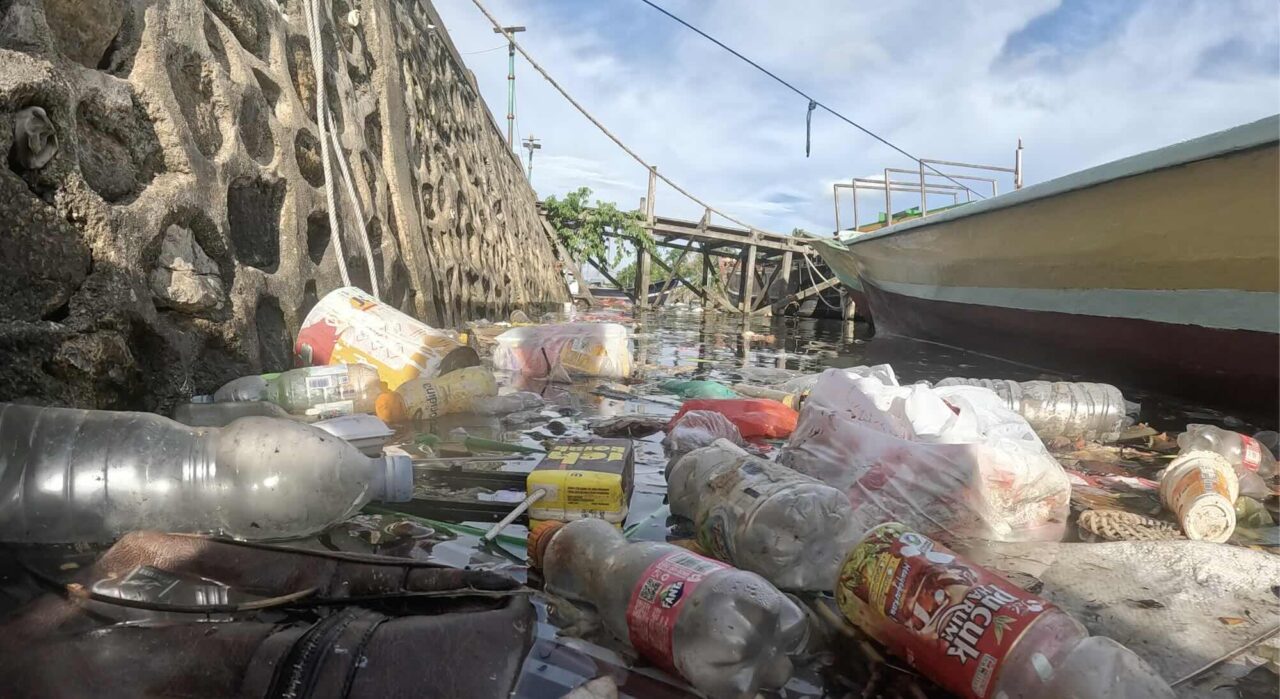What have we learnt from 20 years of research on microplastics?
They are everywhere, in the sea and on land, in animals and plants and in the human body.
Twenty years since the term ‘microplastics’ was defined in a scientific paper; the prestigious publication Science has taken on the task of examining where we are today and how we can tackle the growing problems caused by microplastics.

Microplastics are generated from almost everything we do in our daily lives: putting on make-up, eating food packaged in plastic, putting on clothes that we then wash, travelling by car or repainting the house. Microplastics are generated from most of the things we use and have made their way into life itself. Today, microplastics have been found in virtually every human organ and recent research shows the major negative effects they have on our bodies.
And if we keep going the way we are now, global plastic production is expected to triple over the next three decades.

After more than twenty years of research, there is also extensive evidence that they create environmental pollution on a large scale. Microplastics have gone from a research article to a major societal problem that we need to solve together.
There are various attempts to tackle microplastics, but the problem with all solutions is that it is difficult to measure their effectiveness or understand the risks of unintended consequences. The problem is simply too complex for simple solutions.
Although perhaps the best thing would be to stop making so many plastics. Katie Matthews, chief scientist at Oceana wrote in the Los Angeles Times recently: ‘If your bathtub is overflowing, don’t start with a mop. Turn off the tap. The solution to this crisis is clear: reduce the production and use of plastic and invest in refillable and reusable systems.’
There has been talk of banning unnecessary plastic products and applications, improving product designs, and linking this to demands for behavioral change along supply chains. Much seems promising until you start looking at the consequences.
For example, France has legislated that washing machines need to have a filter that captures microfibers, and there is infrastructure at wastewater treatment plants to capture microplastics. However, these actions do not provide a net benefit to the environment if the filters are not cleaned properly or if wastewater treatment sludge containing microplastics is then spread on the ground as fertilizer.
Several policy initiatives have been instrumental in driving the need for regulation. The EU Marine Strategy Framework Directive now includes microplastics as a component to be measured to establish a good status for the marine environment. This is an example of how different policy initiatives can make a difference. But there is a huge challenge in the detail of how to regulate all the sources and pathways that microplastics can take. And it is likely to involve action in what we call the ‘upstream’, i.e. early in the manufacturing chain. Regulating the use of different car tires in different locations will not help if large amounts of microplastics are still emitted during their manufacture.

Similarly, fabrics could be designed from the outset in a way that greatly reduces the amount of microfiber released when they are washed.
The difficulty with measures targeting early in the manufacturing chain is that they depend on our acceptance as a society of, for example, increased costs or more difficult use.
They need to be economically feasible for industry while not costing too much to consumers. At least that is what has been said so far.




